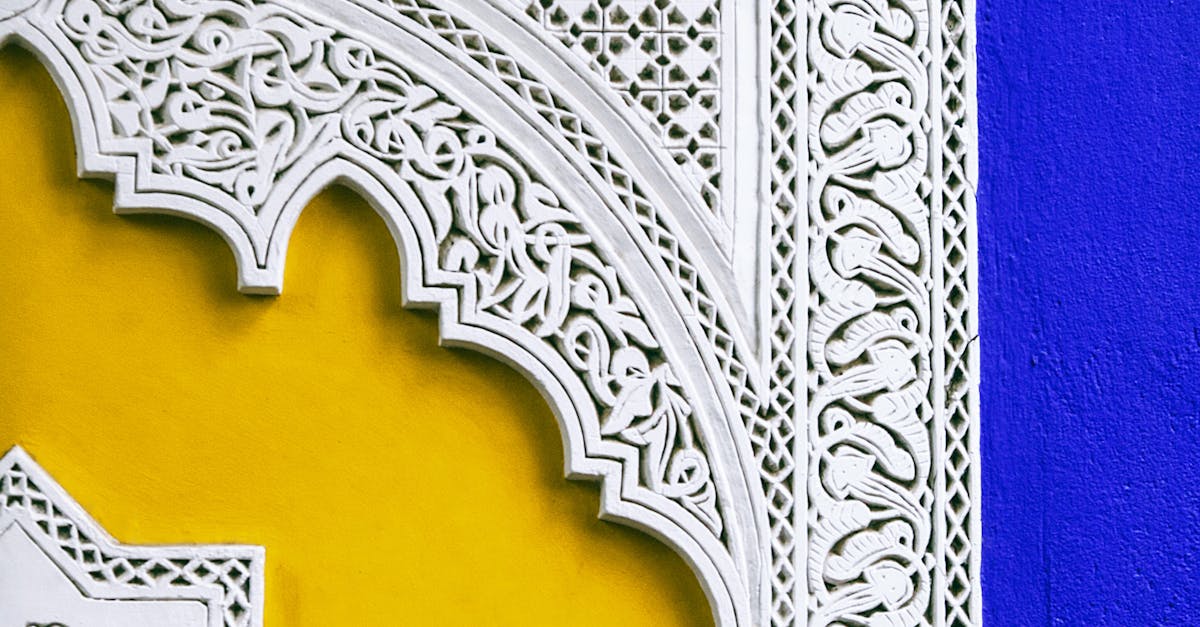
Enhanced Durability of Composite Wall CladdingMaintenance Tips for Brick Cladding Exteriors
Maintenance RequirementsAvoiding Water Damage
composite wall cladding. Basic cleaning should involve removing dirt and debris using mild soap and water. A soft brush or cloth can prevent scratches while effectively removing stubborn stains. This routine maintenance can help stave off the accumulation of grime that may detract from the cladding's appearance over time. The design of the drainage system plays a significant role in directing water away from the building. Gutters, downpipes, and drainage channels must be regularly inspected and maintained to ensure they are free from blockages. If water is not effectively diverted from the cladding, it can lead to issues such as mould growth, efflorescence, and even structural damage, m
t only the aesthetics but also the structural resilience of buildings in challenging climates.Essential Safety Gear and Practices
Protection Against Elements and Extreme ConditionsWhen engaging in maintenance work for brick cladding exteriors, prioritising safety is crucial. Wearing appropriate safety gear such as hard hats, gloves, and safety glasses protects individuals from potential hazards. Non-slip footwear is essential, especially when working on ladders or scaffolding, as it reduces the risk of slips and falls. Additionally, long sleeves and trousers can help shield against abrasions and irritants that may be present during the repair work.
Composite wall cladding is engineered to withstand a variety of environmental challenges, making it an exceptional choice for both residential and commercial applications. Its unique composition provides inherent resistance to moisture, which helps prevent issues such as mould growth and rot. By being insulated against water infiltration, these materials maintain structural integrity even in regions that experience heavy rainfall or humidity.Practising safety measures also involves being mindful about the tools and techniques used. Ensure that all tools are in good working condition before starting any task. Familiarise yourself with the equipment and follow the manufacturer’s guidelines for use. Keep the work area orga